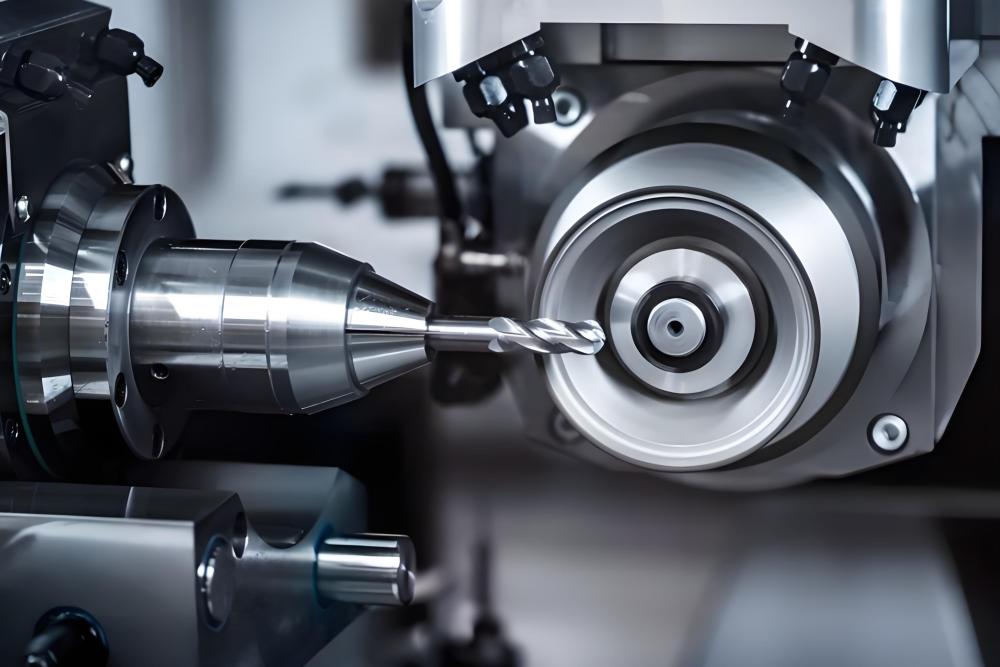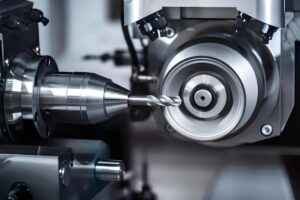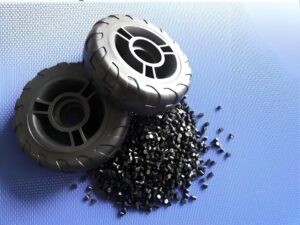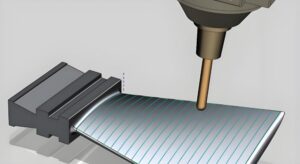In precision manufacturing, the difference between a rough cut and a flawless surface often comes down to the method used. Side milling is one of those essential machining techniques that quietly define quality in CNC production.
While face milling shapes the top surface of a part, the side milling focuses on the edges edges—removing material from the vertical or angled sides of a workpiece. This operation is key to creating slots, shoulders, keyways, and contours that demand both accuracy and consistency.
From aerospace components to automotive molds, side milling ensures every piece fits perfectly into its intended design.
What Is Side Milling?
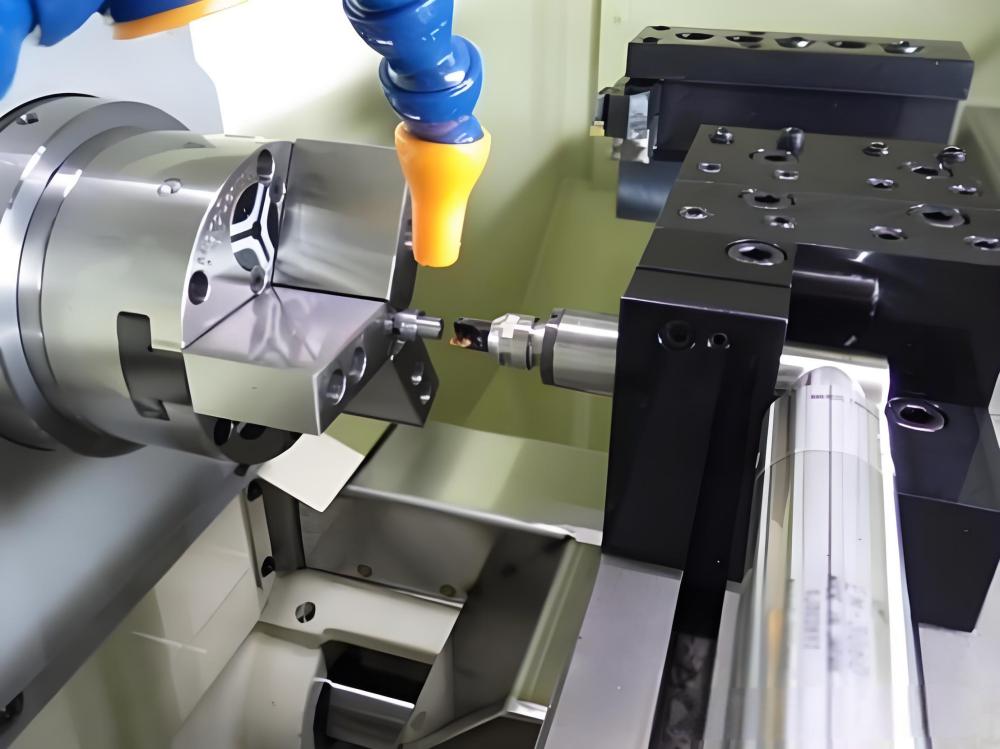
In simple terms, side milling is a machining process where a rotating cutter removes material along the side of a workpiece. The cutting edges on the tool’s periphery engage the material, trimming it to the desired shape or dimension.
Common side milling tools include plain side cutters, side-and-face cutters, and inserted-tooth cutters. Depending on the setup, machinists can produce flat, angled, or curved surfaces with exceptional precision.
This process is frequently performed on CNC milling machines for parts that require accurate side profiles or multiple machined surfaces in one setup.
How the Side Milling Process Works
During side milling, the cutter is positioned so that its side cutting edges engage with the workpiece as it rotates. The material is gradually removed with each pass until the desired dimension is achieved.
For best results, machinists control several key factors:
- Cutting Speed and Feed Rate: Must match the material and cutter type to prevent chatter.
- Depth of Cut: Too deep, and the tool deflects; too shallow, and efficiency drops.
- Coolant Flow: Essential for heat control and surface finish.
- Workholding: The workpiece must be clamped rigidly to prevent vibration.
Getting these details right is what separates rough cuts from production-quality finishes.
Different Types of Side Milling Operations
Side milling isn’t a one-size-fits-all process. It includes several variations designed for different machining goals:
- Plain Side Milling
The most basic type—ideal for machining flat, vertical surfaces on the sides of parts.
- Straddle Milling
Two side cutters are spaced apart on the same arbor, machining two parallel surfaces simultaneously. This setup saves time and ensures uniform thickness between sides.
- Form Side Milling
A form cutter is used to produce curved or contoured profiles. Common in mold and die work where surface geometry is critical.
- Slot and Groove Milling
Perfect for cutting slots, keyways, and channels in shafts or plates with high accuracy.
- Gang Milling
Multiple cutters are mounted together to machine several features at once—an efficient method for mass production
Cutting Tools and Equipment for Side Milling
The quality of a side milling operation depends heavily on the cutting tool and setup.
- High-Speed Steel (HSS) Cutters: Reliable for softer metals and general-purpose use.
- Carbide Cutters: Offer greater hardness and wear resistance for high-speed machining.
- Inserted-Tooth Cutters: Allow easy insert replacement, ideal for continuous production.
- Coated Tools (TiN, TiAlN): Reduce friction and extend tool life, improving surface quality.
Tool geometry—especially rake angle, clearance angle, and edge sharpness—directly affect performance and finish.
Applications of Side Milling in CNC Machining
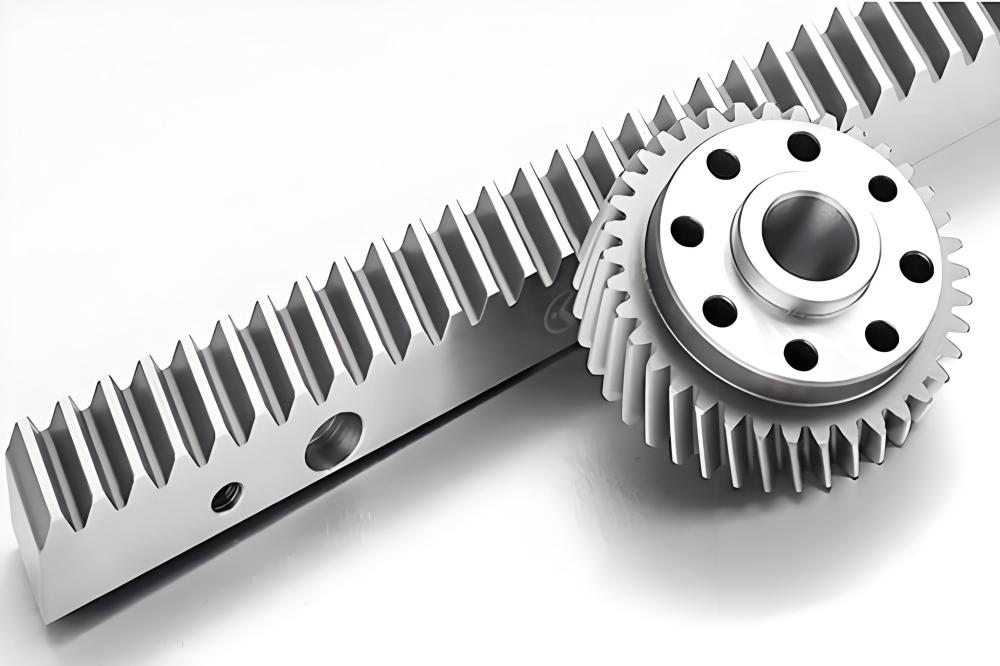
Side milling is found in nearly every precision machining workshop. Typical applications include:
- Machining Keyways and Slots: Common in gears, pulleys, and rotating shafts.
- Producing Shoulders and Steps: Ensures accurate assembly and alignment.
- Creating Contoured Profiles: Used in dies, molds, and aerospace components.
- Machining Flat or Angular Surfaces: Essential for structural or aesthetic precision.
Because it can handle a variety of materials—from stainless steel and aluminum to titanium—side milling is ideal for both prototyping and high-volume production.
Advantages and Limitations
Advantages
- Produces accurate and smooth side surfaces.
- Suitable for a wide range of materials.
- Efficient for machining multiple surfaces.
- Delivers consistent repeatability on CNC systems.
Limitations
- Requires a stable machine and precise alignment.
- Tool wear can affect accuracy over time.
- Not ideal for very deep or narrow cavities.
Side Milling vs. Other Milling Operations
| Operation | Cutting Direction | Common Use | Primary Advantage |
| Side Milling | Along the workpiece side | Slots, shoulders | High edge accuracy |
| Face Milling | Perpendicular to surface | Flat faces | Excellent surface finish |
| End Milling | Ends and sides of the tool cut | Contours, pockets | Very versatile |
| Slot Milling | Narrow, deep cuts | Keyways, grooves | Precise channel creation |
Each process has its strength—side milling excels when lateral precision and vertical alignment are critical.
Best Practices for Precision Side Milling
To achieve optimal results:
- Select the right cutter diameter and width for the job.
- Rigidly clamp the workpiece and check spindle runout.
- Adjust spindle speed and feed rate based on material hardness.
- Use coolant generously to control temperature and flush chips.
- Inspect tools regularly for wear, especially on one cutting side.
Following these best practices minimizes vibration, improves finish, and prolongs tool life.
Common Mistakes to Avoid
Even experienced machinists can encounter problems if setup isn’t right. Watch out for:
- Choosing the wrong tool geometry for the material.
- Excessive depth of cut causing chatter or tool deflection.
- Insufficient coolant flow.
- Poor workholding that leads to dimensional errors.
Preventing these mistakes saves time, material, and tooling costs.
Emerging Trends in Side Milling Technology
As machining technology advances, side milling is evolving, too.
- Automation and AI control now optimize feed rates in real time.
- Smart sensors monitor tool wear and vibration for predictive maintenance.
- Carbide and ceramic tool materials continue to improve cutting efficiency.
- Hybrid CNC systems combine milling and additive manufacturing for complex parts.
These innovations make side milling faster, smarter, and more sustainable for modern production lines.
Conclusion
Side milling remains one of the most effective and reliable machining operations in CNC manufacturing. Its ability to produce precise vertical and angular surfaces makes it indispensable for engineers and machinists alike.
By selecting the right tooling, setting proper parameters, and maintaining machine stability, you can achieve superior accuracy and finish in every pass. Whether for small-scale prototypes or large industrial components, mastering side milling is key to better performance and consistent quality.

